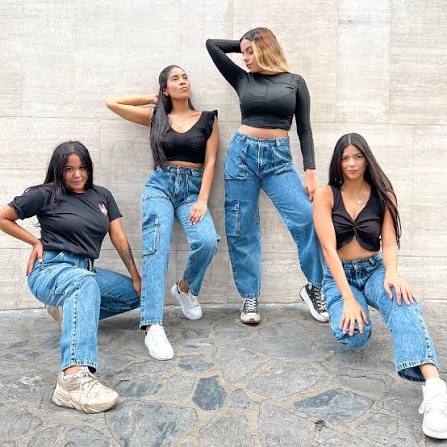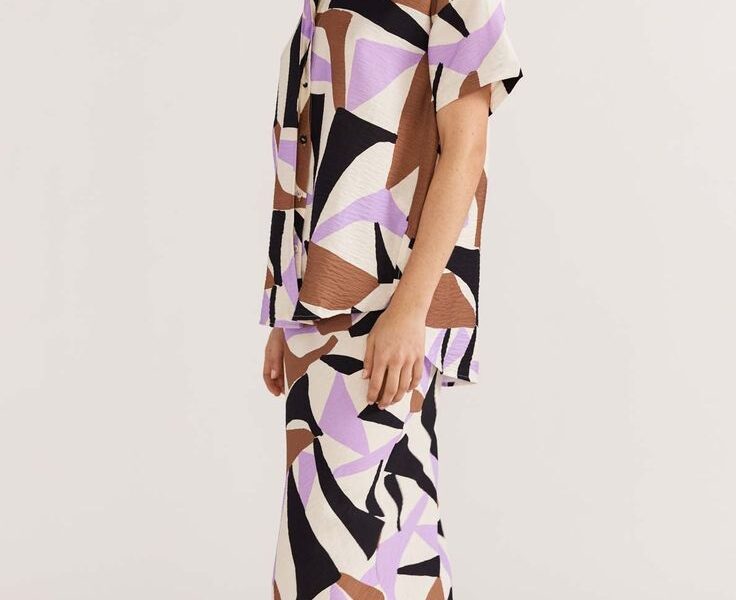The evolution of jeans pant fashion tells a fascinating story of adaptability, identity, and timeless appeal. Originally designed as durable workwear for laborers in the late 19th century, jeans have transformed into one of the most iconic garments in global fashion. The journey began with Levi Strauss and Jacob Davis in 1873, who introduced riveted denim trousers for miners and workers seeking toughness and functionality. Over the decades, jeans moved beyond practicality to become a cultural symbol of rebellion, youth, and individuality.
In the 1950s, jeans became synonymous with teenage defiance, thanks to Hollywood stars like James Dean and Marlon Brando. Their rugged appeal made denim an emblem of freedom and nonconformity. The 1970s and 1980s saw jeans diversify in style — from bell-bottoms and high-waisted cuts to acid wash and stonewashed finishes, reflecting the growing creativity of fashion designers. By the 1990s, jeans had become universal, blending into every subculture — from grunge to hip-hop to minimalism.
Today, jeans represent far more than casual wear. They are a cornerstone of street style, sustainable fashion, and gender-inclusive trends. The evolution continues as modern brands embrace innovation — using stretch denim, eco-friendly dyes, and recycled fibers. Whether worn in luxury settings or everyday life, jeans pants remain a fashion constant that connects the past with the present. Their versatility, comfort, and adaptability make them a true fashion legend that has stood the test of time.
From Workwear to Streetwear
The transformation of jeans from rugged workwear to high-fashion streetwear is one of the most remarkable evolutions in clothing history. Originally crafted for miners, farmers, and laborers in the late 1800s, denim pants were valued for their strength and durability. Early jeans featured riveted seams and heavy-duty fabric to withstand harsh conditions. However, as industrial society evolved, so did people’s relationship with denim — shifting from necessity to self-expression.
By the mid-20th century, jeans began to symbolize youth culture and rebellion. The 1950s and 1960s marked the first major shift — denim became a statement of defiance worn by young rebels, rock ‘n’ roll icons, and civil rights activists. Moving into the 1980s and 1990s, the rise of hip-hop, skate, and punk subcultures gave jeans a streetwear identity. Designers began distressing denim, experimenting with fits, and adding embellishments to create distinctive looks that reflected urban life.
Today, jeans have become a global streetwear essential — found in every wardrobe from luxury runways to casual wear collections. Modern trends focus on oversized silhouettes, ripped finishes, and creative washes, all inspired by city culture. The rise of designer collaborations, such as denim with graffiti art or limited-edition street brands, has further solidified jeans as a canvas for creativity. What once protected miners now defines modern street style — a symbol of freedom, resilience, and cultural evolution.
The Role of Denim in Modern Wardrobes
Denim has secured a permanent place in modern wardrobes, transcending age, gender, and style boundaries. Its versatility allows it to adapt to virtually any setting — from casual daily wear to semi-formal attire. Today’s denim collections include a wide variety of fits and shades, allowing individuals to express their personality effortlessly. Whether it’s a pair of classic blue jeans, sleek black denim, or trendy wide-leg styles, denim remains a foundation of personal style.
One of denim’s greatest strengths lies in its adaptability. It can be dressed up with blazers and heels for a polished look or paired with sneakers and oversized tees for a relaxed, urban vibe. Fashion houses now treat denim as a luxury fabric, using innovative weaving techniques, organic cotton, and premium dyeing methods. High-end brands have redefined denim through couture craftsmanship, elevating its image from casual to chic.
Moreover, the role of denim extends beyond fashion — it’s a social and environmental statement. With growing awareness of sustainability, many consumers now prefer eco-friendly denim made from recycled materials or produced using water-saving technologies. Denim’s durability and timelessness make it an ideal choice for conscious fashion lovers who value longevity over fast trends.
In today’s fashion landscape, denim symbolizes both tradition and innovation. It reflects a balance between comfort, style, and sustainability, making it indispensable in modern wardrobes worldwide. Whether in jeans, jackets, or skirts, denim continues to evolve while maintaining its original essence — classic, versatile, and effortlessly stylish.


